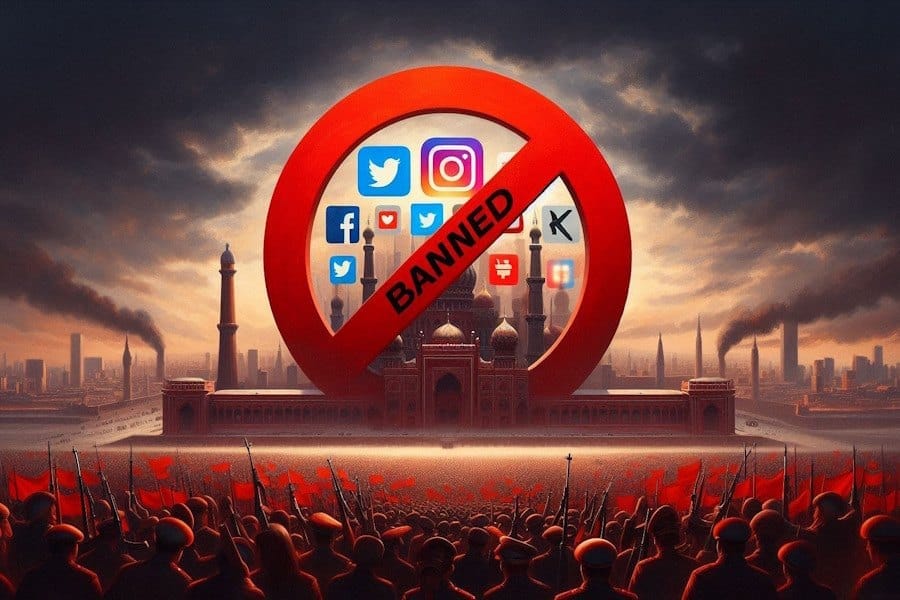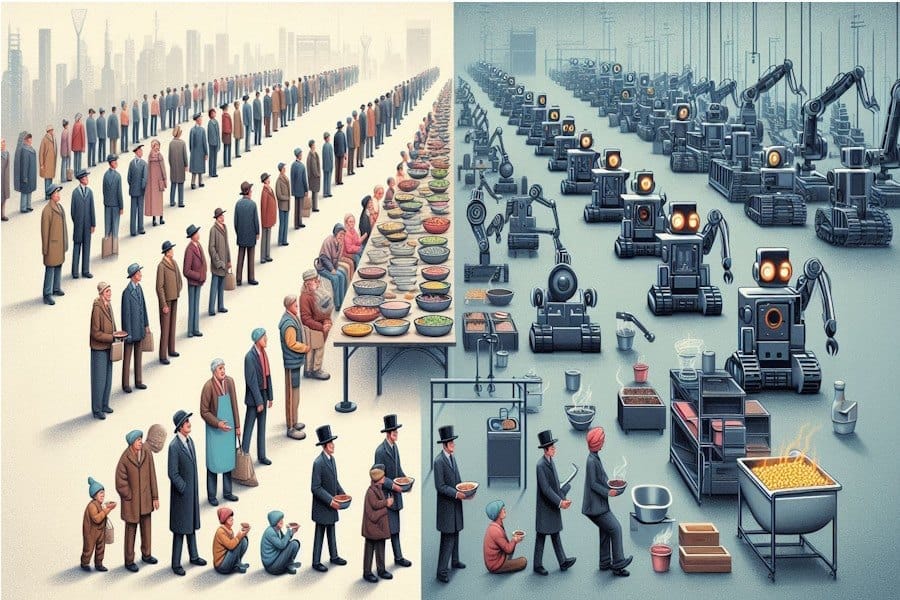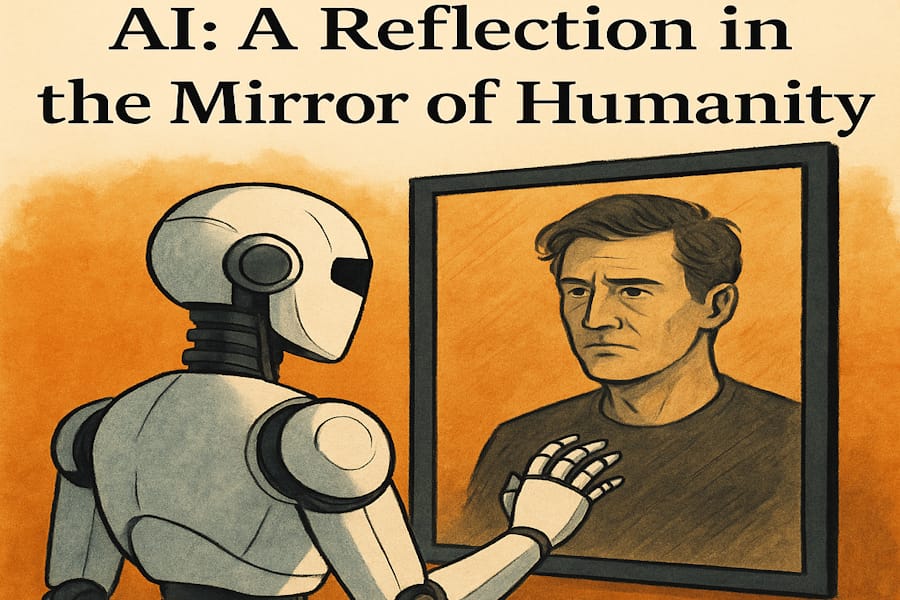The Road to Hell is Paved with Good Intentions: A Critical Look at Social Media Bans (Australia)

Publish Date: Last Updated: 10th February 2025
Author: nick smith - With the help of CHATGPT
One of my favorite sayings is, "The road to hell is paved with good intentions," and with age, you realize just how true this sentiment is. From introducing foreign species to combat ecological problems to intervening in a country in the name of liberation, history is littered with well-meaning actions that have turned disastrously wrong. Examples abound, from Australia’s infamous introduction of cane toads in 1935 to control beetles, which instead created an ecological disaster, to the U.S.-led intervention in Iraq that led to years of instability. The lesson is clear: even the best-intentioned plans can lead to unintended consequences.
And so it is with the latest proposal by the Australian government.
Australia's Plan to Ban Social Media for Children Under 16
On November 8, 2024, it was announced that Australian states are backing a national plan to ban children under the age of 16 from accessing social media. On the surface, this seems like an admirable effort to protect young people. The harmful effects of unrestricted social media access on young minds have been well documented, with studies linking it to anxiety, depression, and other mental health issues. The intention—to shield children from these risks—is undeniably good.
However, the practicalities of such a ban introduce concerns that go far beyond child safety. The only feasible way to prevent under-16s from accessing social media is by requiring social media companies to verify users' identities, effectively demanding government-issued identification for account creation. Any non-compliance would require blocking these platforms from operating in Australia. This leads us into troubling territory: mass surveillance, both by the Australian government and by the governments of countries where these social media giants are headquartered.
The Slippery Slope of State Surveillance
Once you hand governments or private companies more personal data, there's no going back. The very fabric of our freedom is threatened when we surrender our privacy. History has taught us that governmental control over what people see and hear is not exclusive to authoritarian regimes. Countries such as China have implemented massive digital surveillance to limit access to what it deems harmful. But even in democratic nations, the line between security and censorship blurs.
For instance, since the start of the Ukraine war, the UK banned RT News from broadcasting, essentially curbing access to alternative perspectives on the conflict. Citizens are left with only the narrative the government approves, undermining the principle of free, open discourse. Australia’s proposed measures may succeed in keeping non-tech-savvy children off social media, but they also set a precedent for eroding personal freedoms and expanding state control. This leads us to wonder, are we solving one problem while creating another far more dangerous one?
The Ineffectiveness of Bans: Lessons from History
History has repeatedly shown that banning something often has the opposite effect to what was intended. Consider Prohibition in the United States during the 1920s. The intention was to improve public morality and health by banning alcohol. Instead, it led to a surge in organized crime, bootlegging, and speakeasies, turning alcohol into a symbol of rebellion. Another example is the War on Drugs, which, despite enormous financial and social costs, has failed to significantly reduce drug use while fueling criminal networks globally.
Banning children from social media runs the risk of making these platforms more attractive—a forbidden fruit—and could drive underage users toward using VPNs, fake IDs, and other methods to access what has been banned. What’s more, it could create a new "black market" for social media access, diverting resources toward enforcement rather than addressing the root issues.
A Better Approach: Education, Parental Involvement, and Algorithm Accountability
If we truly want to tackle the problem of social media harm among the youth, the solution is not draconian bans or state surveillance. Instead, a better approach would be a combination of:
-
Education: Equip both children and parents with the tools to navigate social media responsibly. By understanding the risks and learning how to handle them, we can empower young people to make informed decisions.
-
Parental Involvement: Encouraging parents to take an active role in their children’s digital lives can be far more effective than outright bans. Open conversations about online safety and regular monitoring can build trust and help children use social media positively.
-
Algorithm Accountability: Social media companies must take responsibility for how their algorithms influence young users. The suggestion engines on platforms like TikTok, Instagram, and YouTube often direct users towards harmful content. Demanding greater transparency and requiring companies to limit potentially damaging recommendations can mitigate the negative effects of social media.
History has shown that banning something outright does not solve the problem; it merely forces it underground, creating an illicit industry around accessing the forbidden. Rather than driving children away from social media, we should seek to make their experience on these platforms safer, healthier, and more controlled.
The Bigger Picture: Learning from History
It’s disheartening to see that politicians continue to make policies that ignore historical lessons. This could be a reflection of our educational system. Perhaps we’re not prioritizing history in a way that would help us understand its critical lessons. History should be at the forefront of education, with emphasis on political, social, and economic events that shape the world. If we do not learn from the mistakes of the past, we are bound to repeat them.
The path paved with good intentions may lead to hell, but by drawing on history, encouraging public discourse, and emphasizing education over restriction, we can choose a better path. As we consider policies aimed at protecting our children, we must tread carefully. Otherwise, we risk walking them straight into a surveillance state, where freedom and privacy are the first casualties.
Trending AI News Articles
AI Questions and Answers section for The Road to Hell is Paved with Good Intentions: A Critical Look at Social Media Bans
Welcome to a new feature where you can interact with our AI called Jeannie. You can ask her anything relating to this article. If this feature is available, you should see a small genie lamp in the bottom right of the page. Click on the lamp to start a chat or view the following questions that Jeannie has answered relating to The Road to Hell is Paved with Good Intentions: A Critical Look at Social Media Bans.
Be the first to ask our Jeannie AI a question about this article
Look for the gold latern at the bottom right of your screen and click on it to enable Jeannie AI Chat.











